Insurtech Platform
November 2022 — May 2024
November 2022 — May 2024
Two year project worked for an American start-up, with the goal of modernizing the insurance workflow through a platform that would streamline the many different steps into a single tool. During this time, I led the full design efforts, from initial product explorations with the CPO all the way to the first beta release, with six agencies already utilizing the product.
Participation
Product design
Feature mapping
User testing
Client communications
Acceptance criteria
Dev support
UX Team


* Images of the final product not included due to confidentiality agreements.
About the industry
Insurance is a part of everyone's life, and yet purchasing and managing policies is a complicated and technologically outdated process. As clients, when we need insurance, all we see is the agent we talk to and the payments we make.
*What we see when purchasing insurance
In reality, the process consists of a heavy back and forth between multiple parties. The insurance agent is at the center of this, acting as liaison between the insured and the different companies that offer insurance policies and financing plans.
*Simplified overview of the full process
Agencies already have tools that assist them with certain steps of the process, but these options are limited, intended more for data storage than direct engagement between parties.
These platforms also suffer from outdated interfaces, with complicated ways of completing actions. This has led many agents to resort to personal methods of tracking their work, having to keep close attention to manually logging everything.

Current applications
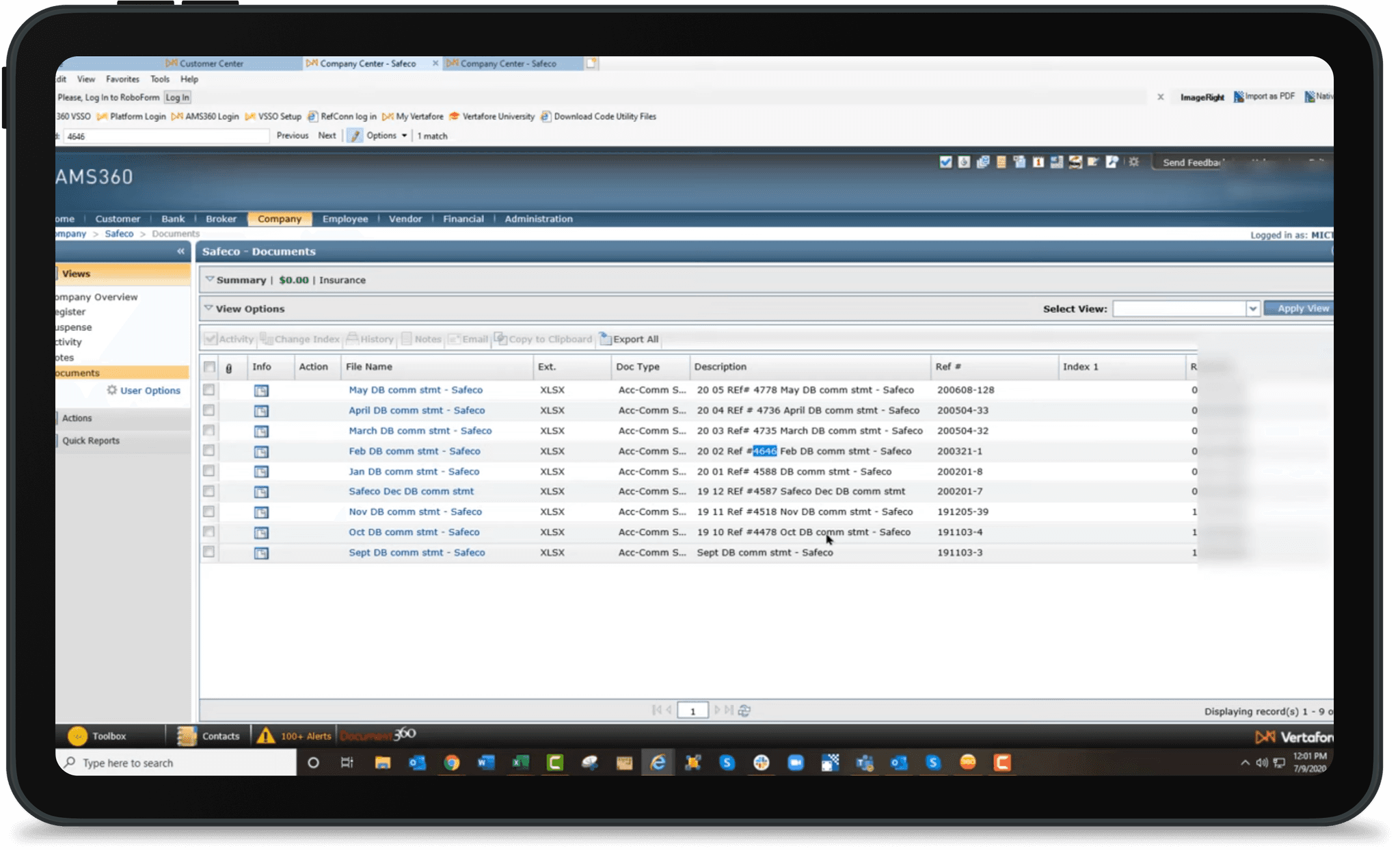
AMS360
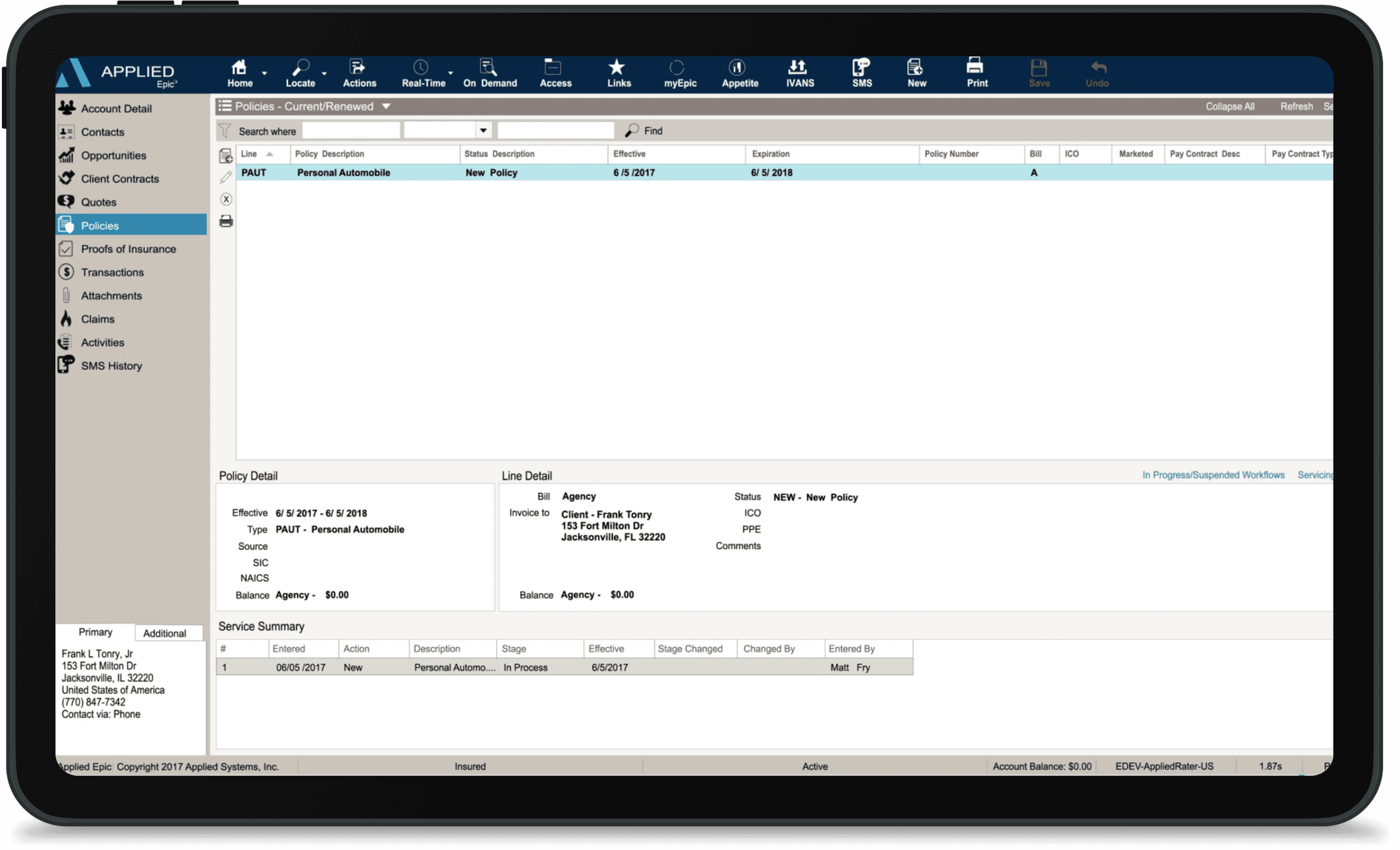
Applied
Pain points
• Multiple tools required for different steps.
• Not all participants are included.
• Intended more for data storage than direct actions.
• Outdated patterns to navigate complex data.


Current applications

AMS360

Applied
Pain points
• Multiple tools required for different steps.
• Not all participants are included.
• Intended more for data storage than direct actions.
• Outdated patterns to navigate complex data.




Improve the insurance workflow by integrating the whole process into a single tool?


About the industry
Insurance is a part of everyone's life, and yet purchasing and managing policies is a complicated and technologically outdated process. As clients, when we need insurance, all we see is the agent we talk to and the payments we make.
*What we see when purchasing insurance
In reality, the process consists of a heavy back and forth between multiple parties. The insurance agent is at the center of this, acting as liaison between the insured and the different companies that offer insurance policies and financing plans.
*Simplified overview of the full process
Agencies already have tools that assist them with certain steps of the process, but these options are limited, intended more for data storage than direct engagement between parties.
These platforms also suffer from outdated interfaces, with complicated ways of completing actions. This has led many agents to resort to personal methods of tracking their work, having to keep close attention to manually logging everything.
Current applications



AMS360
Pain points
• Multiple tools required for different steps.
• Not all participants are included.
• Intended more for data storage than actions.
• Outdated patterns to navigate complex data.

Improve the insurance workflow by integrating the whole process into a single tool?

Finding our value
The design process began by creating low-fidelity mockups of different steps of the insurance process, helping us gauge the interest of potential users and investors. Their feedback helped us determine which of these processes would have the highest impact on the current workflow, and would define our starting point.

Early exploration mockups
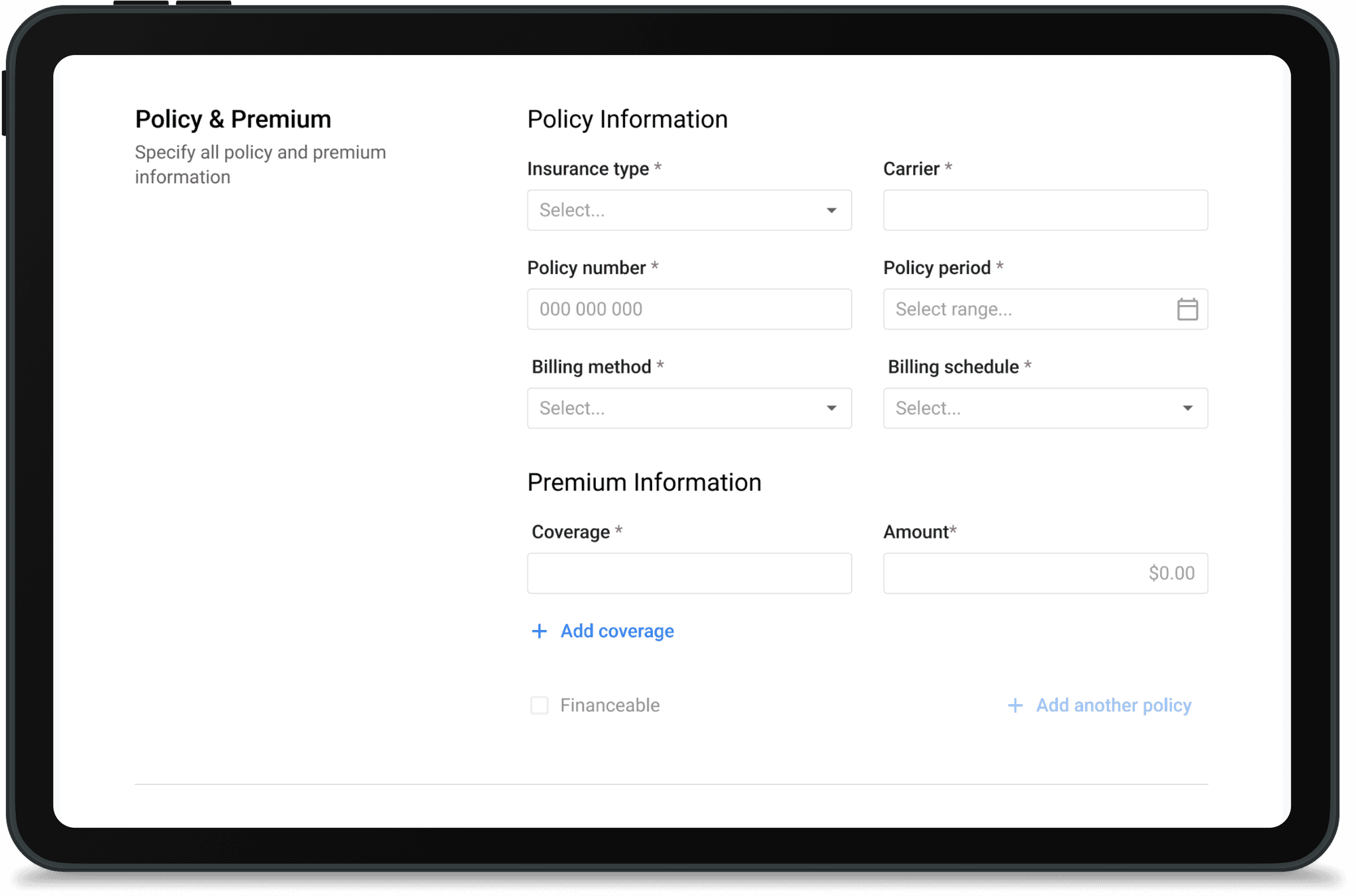
Creating an insurance invoice
Involves





Early exploration mockups

Creating an insurance invoice
Involves






Early exploration mockups

Creating an insurance invoice
Involves





We learned that the core step of the process involving all parties at once is invoicing, which is when an agent sends the policy and pricing details to the insured.
For this process, policies are offered by a third party called Carriers, payments are done through a Broker, and financing plans are quoted with Finance Companies.
All of these steps are currently completed individually and staggered.
Each party's involvement in the invoicing process


• Receive email with invoice information and payment details.
• Select financing and payment methods.
• Sign required documents.
• Multiple recipients may be required for signing, paying, or visibility.
• Receive email with invoice information and payment details.
• Select financing and payment methods.
• Sign required documents.
• Multiple recipients may be required due to for signing, paying, or visibility.


• Connect individually with all other parties
• Invoice policies from different carriers one by one.
• Create bills with detailed pricing.
• Request financing plans for policies.
• Send documents back and forth for signing.
And many more
• Connect individually with all other parties
• Invoice policies from different carriers one by one.
• Create bills with detailed pricing.
• Request financing plans for policies.
• Send documents back and forth for signing.
• And many more


• Send policy information with pricing breakdowns.
• Request signature on multiple documents.
• Send policy information with pricing breakdowns.
• Request signature on multiple documents.


• Receive detailed request for quotes.
• Return quotes which may vary by policies and schedule.
• Request signature on multiple documents.
• Receive detailed request for quotes.
• Return quotes which may vary by policies and schedule.
• Request signature on multiple documents.



Creating an invoice
Creating an invoice
We managed to simplify the requirements across all parties into a single form, allowing agents to complete most of the required steps at once.
This also meant we could automatically store and organize this invoicing data for further features in the platform.
Value achieved
• Simplified a multi-step process into a single form.
• Allowed for direct interaction between parties.
• Included detailed settings for every step.
• Automatically stored and organized key data.
Testing the value
We met with about two dozen users to test the design with.
Given the length and complexity of the form, many users struggled to understand certain aspects, indicating the need for further improvements. However, we learned that users were also excited by the tests, considering it to be a noticeable upgrade to the current workflow and a step towards modernizing the insurance industry.
We analyzed the testing data to define the list of action items that needed to be applied to the design to create the second iteration of the Create invoice form.
Iterating the design



V.1




V.2
Improvements
• Improved navigation.
• Added a preview to prevent errors.
• Expanded recipient types.
• Redesigned the policy layout.
• Added complex pricing options.
• Created a document section.
• Added automatic status updates.
• Added optional approval flows.
And many more
• Created new document section.
• Added automatic status updates.
• Included options to approve.
And many more
Finding our value
The design process began by creating low-fidelity mockups of different steps of the insurance process, helping us gauge the interest of potential users and investors. Their feedback helped us determine which of these processes would have the highest impact on the current workflow, and would define our starting point.
Early exploration mockups

Involves






Creating an insurance invoice
We learned that the core step of the process involving all parties at once is invoicing, which is when an agent sends the policy and pricing details to the insured.
For this process, policies are offered by a third party called Carriers, payments are done through a Broker, and financing plans are quoted with Finance Companies.
All of these steps are currently completed individually and staggered.
Involvement during invoicing

• Receive email with invoice information and payment details.
• Select financing and payment methods.
• Sign required documents.
• Multiple recipients may be required due to for signing, paying, or visibility.

• Connect individually with all other parties
• Invoice policies from different carriers one by one.
• Create bills with detailed pricing.
• Request financing plans for policies.
• Send documents back and forth for signing.
And many more

• Send policy information with pricing breakdowns.
• Request signature on multiple documents.

• Receive detailed request for quotes.
• Return quotes which may vary by policies and schedule.
• Request signature on multiple documents.


Creating an invoice
We managed to simplify the requirements across all parties into a single form, allowing agents to complete most of the required steps at once.
This also meant we could automatically store and organize this invoicing data for further features in the platform.
Value achieved
• Simplifies a multi-step process into a single form.
• Allows direct interaction between parties.
• Includes detailed settings for all steps.
• Automatically stores and organizes data.
• Allowed for direct interaction between parties.
• Included detailed settings for every step.
• Automatically stored and organized key data.
Testing the value
We met with about two dozen users to test the design with.
Given the length and complexity of the form, many users struggled to understand certain aspects, indicating the need for further improvements. However, we learned that users were also excited by the tests, considering it to be a noticeable upgrade to the current workflow and a step towards modernizing the insurance industry.
We analyzed the testing data to define the list of action items that needed to be applied to the design to create the second iteration of the Create invoice form.
Iterating the design

V.1


V.2
Improvements
• Improved navigation.
• Added a preview to prevent errors.
• Expanded recipient types.
• Redesigned the policy layout.
• Added complex pricing options.
• Created a document section.
• Added automatic status updates.
• Added optional approval flows.
And many more
• Created new document section.
• Added automatic status updates.
• Included options to approve.
And many more
Assisting the development
Once a design had been approved by the stakeholders, I created a comprehensive deliverable package intended to facilitate the work of our development team, and ensure the correct application of the design.

Acceptance criteria
Wrote all of the product's technical specs, organizing them by section. This list was regularly updated with new features, and was used directly by the development team for tickets, tech discussions, and QA.


User stories
Created user stories with descriptions, specifications, and reference images to ensure that the requirements were understood. These tickets were used directly by the developers as work assignments.


Technical walkthroughs
Presented new features to the developers, showcasing prototypes and explaining technical specs, with Q&A sessions. Devs could also get in touch with questions at any moment through internal channels.


Design QA
Carefully reviewed the staging platform to highlight discrepancies between the developed product and the design. Issues were delivered to the team using visual and written explanations of the specific aspects.
Assisting the development
Once a design had been approved by the stakeholders, I created a comprehensive deliverable package intended to facilitate the work of our development team, and ensure the correct application of the design.

Acceptance criteria
Wrote all of the product's technical specs, organizing them by section. This list was regularly updated with new features, and was used directly by the development team for tickets, tech discussions, and QA.

User stories
Created user stories with descriptions, specifications, and reference images to ensure that the requirements were understood. These tickets were used directly by the developers as work assignments.

Technical walkthroughs
Presented new features to the developers, showcasing prototypes and explaining technical specs, with Q&A sessions. Devs could also get in touch with questions at any moment through internal channels.

Design QA
Carefully reviewed the staging platform to highlight discrepancies between the developed product and the design. Issues were delivered to the team using visual and written explanations of the specific aspects.
The road ahead
The road ahead
Finalizing the invoice form was a huge victory for the project, but it was only the first of many features we would be including in the product.
We drafted a roadmap and set out to tackle it one feature at a time. Since then, the platform has grown to include features such as: Online checkout, Premium financing, Commission payables, and much more.
Less than two years later, the platform has been released into closed beta, and is currently being utilized by six insurance agencies in the United States.
Finalizing the invoice form was a huge victory for the project, but it was only the first of many features we would be including in the product.
We drafted a roadmap and set out to tackle it one feature at a time. Since then, the platform has grown to include features such as: Online checkout, Premium financing, Commission payables, and much more.
Less than two years later, the platform has been released into closed beta, and is currently being utilized by six insurance agencies in the United States.

Back to Home






